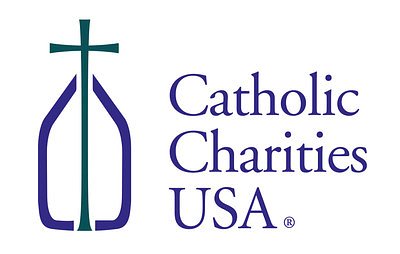
SNAP Funding Lapse Leaves Millions Facing Hunger; Charities Struggle to Fill the Gap
With federal funding for SNAP and WIC cut, food banks and charities are overwhelmed, struggling to meet the surging demand. A growing crisis looms for vulnerable Americans.
SNAP Funding Lapse Leaves Millions Facing Hunger; Charities Struggle to Fill the Gap
WASHINGTON, D.C. – October 30, 2025 – The lapse in federal funding for the Supplemental Nutrition Assistance Program (SNAP) and the Special Supplemental Program for Women, Infants, and Children (WIC) is triggering a rapidly escalating food insecurity crisis across the United States. While the political stalemate in Congress continues, millions of Americans are facing immediate hardship, and charitable organizations are stretched to their breaking points attempting to fill the void. Catholic Charities USA (CCUSA), along with its network of 168 independent agencies, is at the forefront of this emergency response, but resources are dwindling, and the long-term sustainability of relying on charity to address systemic issues remains uncertain.
The Human Cost of Political Gridlock
The immediate impact of the funding lapse is being felt most acutely by those who rely on SNAP and WIC to feed their families. With over 41.5 million Americans receiving SNAP benefits and over 6.2 million participating in WIC, the cessation of these programs has created a gaping hole in the food security safety net. “We’re seeing families who were already struggling now facing impossible choices,” said a program director at a Catholic Charities agency in Ohio. “Parents are skipping meals so their children can eat, and seniors are having to decide between food and medicine.”
The crisis isn’t limited to those living in poverty. The economic fallout from the loss of SNAP benefits is rippling through communities, impacting local grocery stores and farmers. “SNAP dollars are vital to our local economy,” explained an agricultural economist in Iowa. “When those dollars disappear, it’s not just families who suffer – it’s the entire food supply chain.” The suspension has disproportionately affected children, pregnant women, and individuals with disabilities, exacerbating existing health disparities and creating a new wave of hardship. Reports from across the country indicate a sharp increase in demand at food banks and pantries, with many organizations reporting empty shelves and long lines.
Beyond Government: The Rise of Charitable Safety Nets
With federal aid unavailable, charitable organizations like Catholic Charities are bearing an increasingly heavy burden. CCUSA launched an emergency fundraising campaign prior to the funding lapse, but donations are struggling to keep pace with the surging demand. “We are doing everything we can, but we are facing an unprecedented crisis,” said a national spokesperson for CCUSA. “We need a long-term solution, not just temporary band-aids.”
However, relying on charity to address systemic issues of food insecurity is not a sustainable solution. “Charitable organizations can provide immediate relief, but they cannot replace the scale and scope of federal programs,” explained a public policy analyst at the Urban Institute. “We need to address the root causes of poverty and food insecurity, not just treat the symptoms.” The strain on the charitable sector also raises concerns about its long-term viability. Many local agencies are operating on shoestring budgets and rely heavily on volunteers, making them vulnerable to burnout and resource depletion. “We’re seeing a lot of volunteers stepping up, but it’s not enough,” said a food bank director in California. “We need a consistent and reliable source of funding to meet the needs of our community.” The growing reliance on charity also shifts the responsibility for addressing food insecurity from the government to the private sector, raising ethical questions about the role of philanthropy in addressing basic human needs.
Food Insecurity Hotspots: Where the Shutdown Will Hurt Most
The impact of the SNAP and WIC funding lapse is not evenly distributed across the country. Certain geographic areas, with higher concentrations of low-income residents and greater reliance on these programs, are particularly vulnerable. Data analysis reveals that states in the South and Midwest, with higher rates of poverty and food insecurity, are facing the most acute challenges. For example, Mississippi, Louisiana, and Arkansas have some of the highest SNAP participation rates in the country, and these states are now experiencing a significant surge in food insecurity.
Within these states, certain communities are particularly hard hit. Rural areas, with limited access to grocery stores and transportation, are facing severe challenges. Food deserts, where residents have limited access to affordable and nutritious food, are becoming even more prevalent. “We’re seeing families having to travel long distances just to get food,” said a community organizer in rural Alabama. “It’s a real hardship, especially for those without a car.” Urban areas with high concentrations of poverty are also experiencing a significant surge in food insecurity. Food banks and pantries in these communities are struggling to meet the overwhelming demand. “We’re serving more people than ever before,” said a food bank director in Detroit. “And we’re running out of food.” The convergence of high poverty rates, limited access to food, and the loss of federal funding is creating a perfect storm of food insecurity in these vulnerable communities. The situation is further compounded by the rising cost of food and the lack of affordable housing, pushing more families into poverty and exacerbating the existing crisis.
